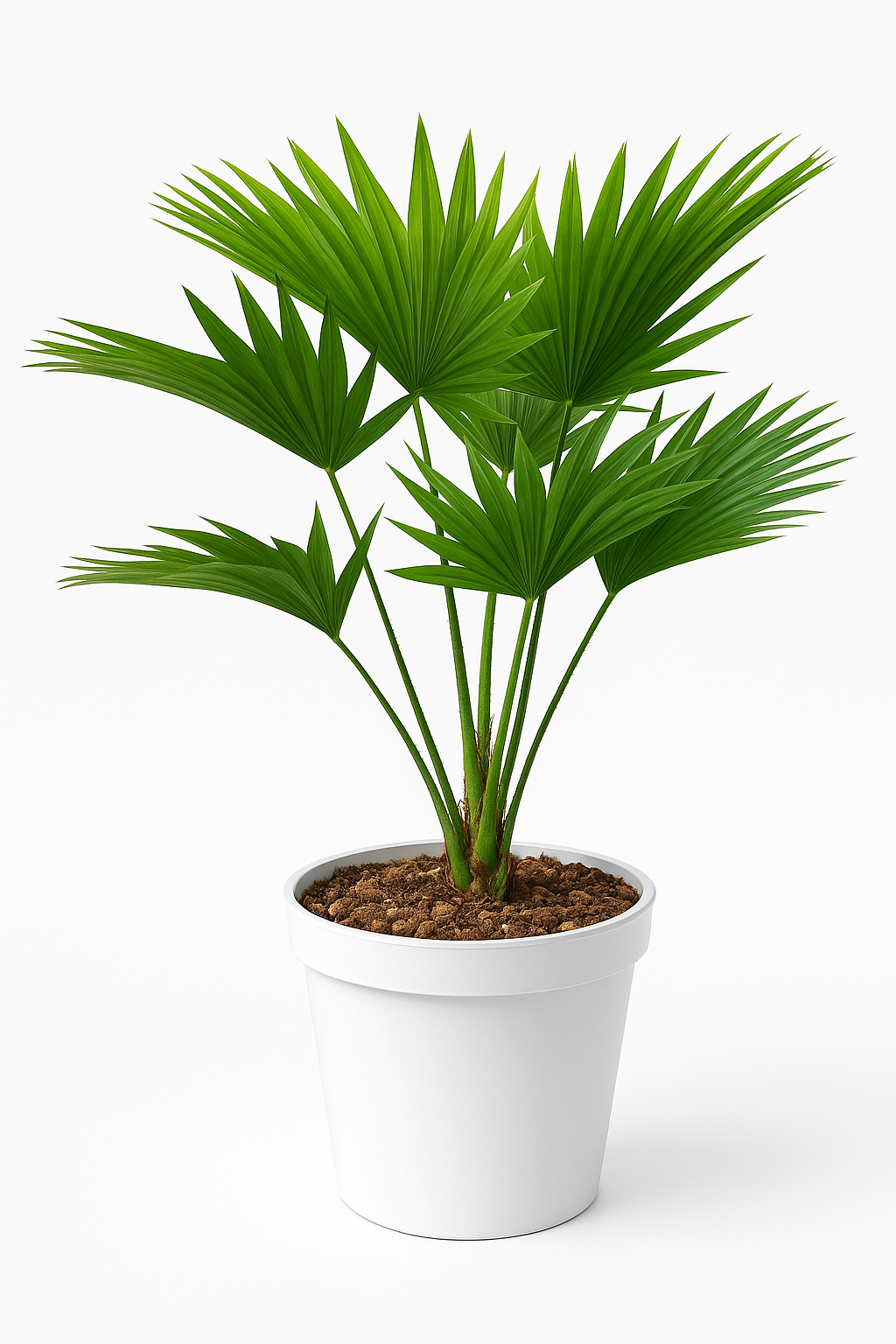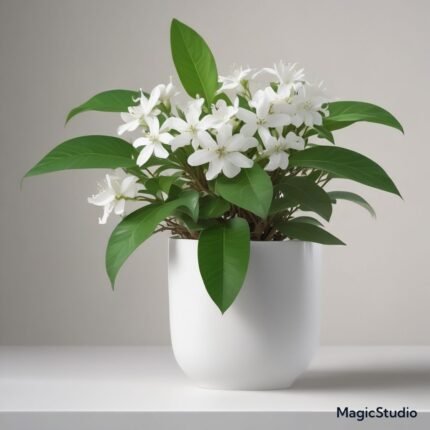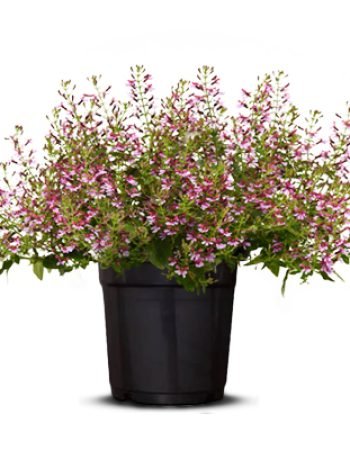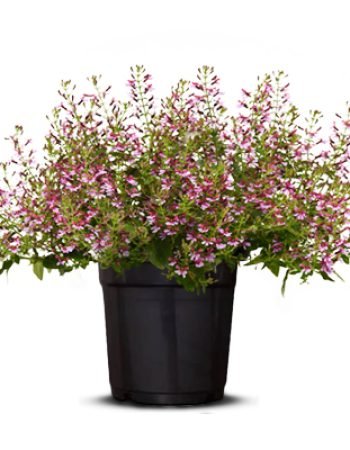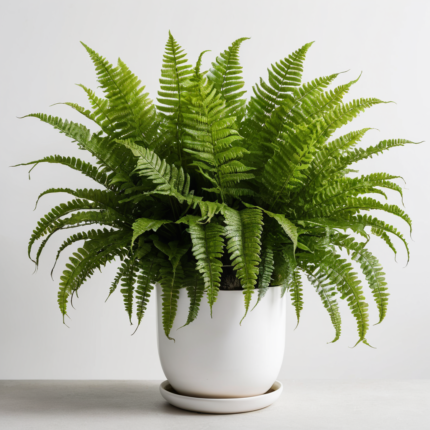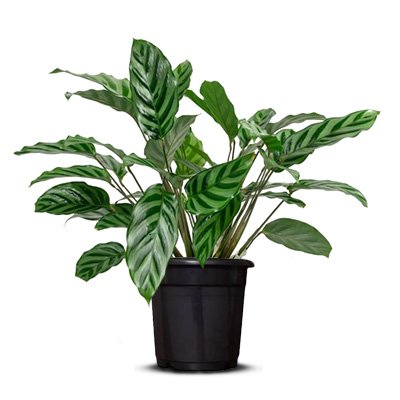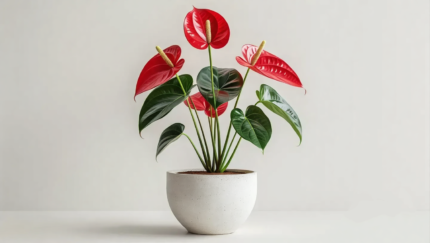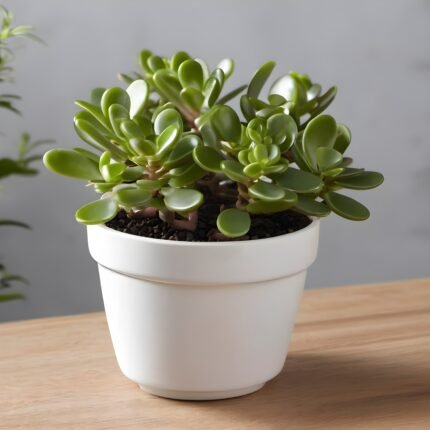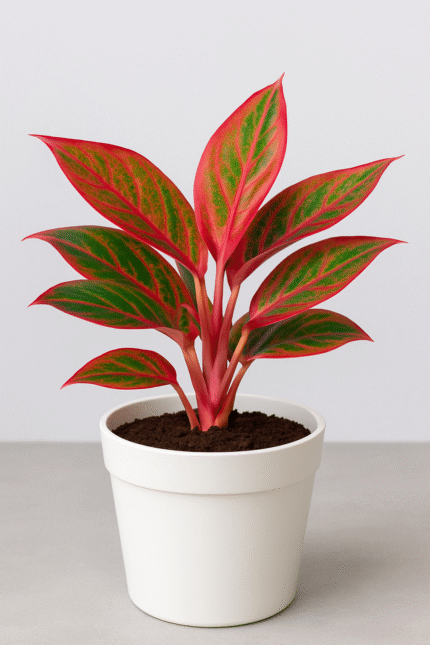Product Description:
Botanical name of Table palm is Livistona rotundifolia. It has bold rounded evergreen leaves, medium-sized, single-trunked fan-palm. Young palm has relatively shallow-lobed leaves. Older palm has more deeply divided leaves with long lance-shaped segments that radiate like the spokes of an umbrella.
Light:
A spot that gets direct sunlight is not ideal for these palms; the unfiltered sun can cause leaf burn. When grown outdoors, lady palms like dappled light and can even tolerate a somewhat shady spot. Indoor palms should be placed where they can get bright indirect light near a window.
Soil:
A loamy soil that has excellent drainage is best for lady palms. When grown in containers, a potting mix made especially for palms works well.
Water:
Lady palms have average Water needs and are somewhat tolerant of drought once they’re established. In the spring and summer, when most of the palm’s active growth is taking place, water whenever the top inch of soil feels dry.
Fertilizer:
Lady palms only need fertilization during the growing season. From around April to September, feed your palm monthly with liquid household fertilizer diluted to half strength.
Temperature:
Besides their compact size and light requirements, another factor that makes lady palms ideal for growing indoors is that they thrive in typical room temperatures between 60 and 80 degrees Fahrenheit. In the colder months, be sure your palm remains in temperatures above 55 degrees Fahrenheit.
Humidity:
This palm prefers a humidity level at 50% or higher. Brown leaf tips can be a sign that the humidity is too low for the plant. To boost the humidity, you can regularly mist your palm with water from a spray bottle.
Potting and Repotting:
The lady palm doesn’t mind being a bit cramped in its pot. Initially, choose a pot that’s slightly larger than the size of the root ball. Make sure it has ample drainage holes.

